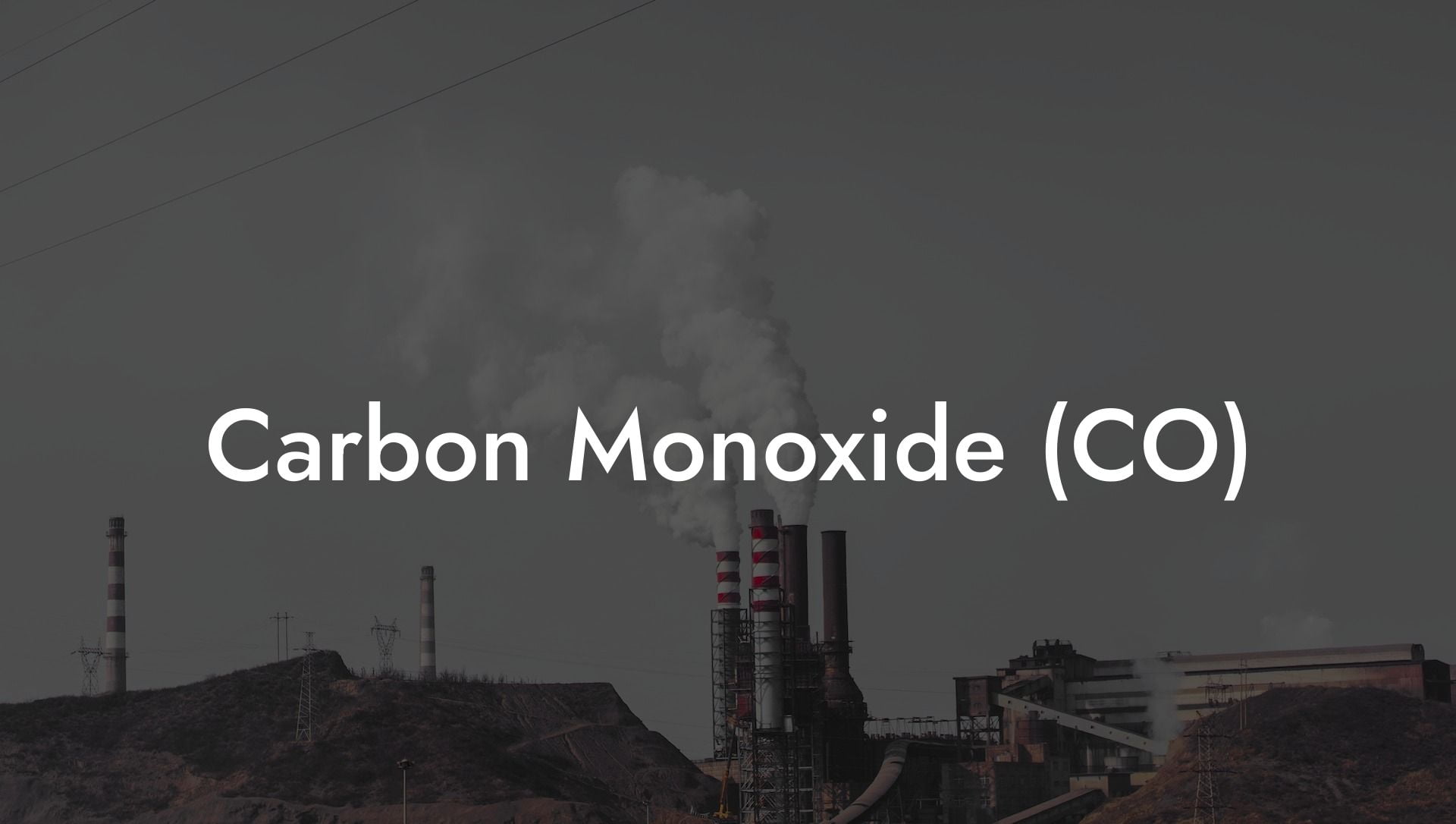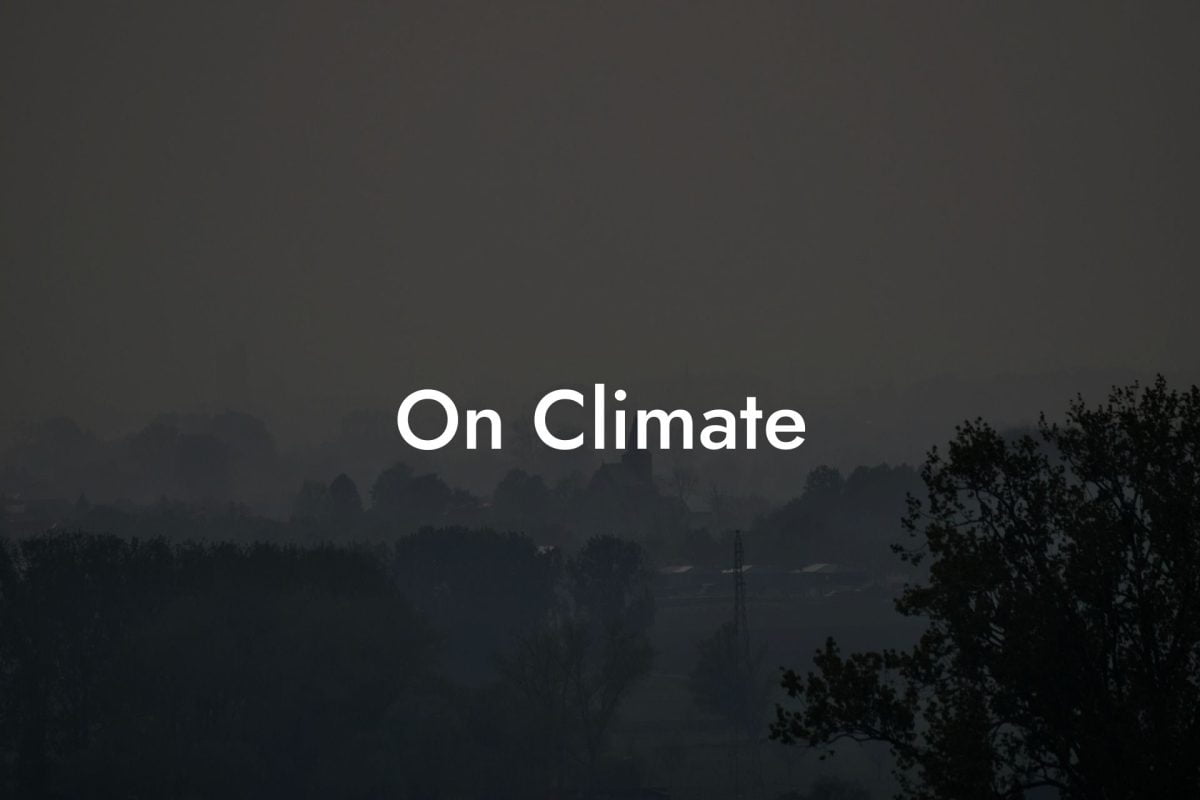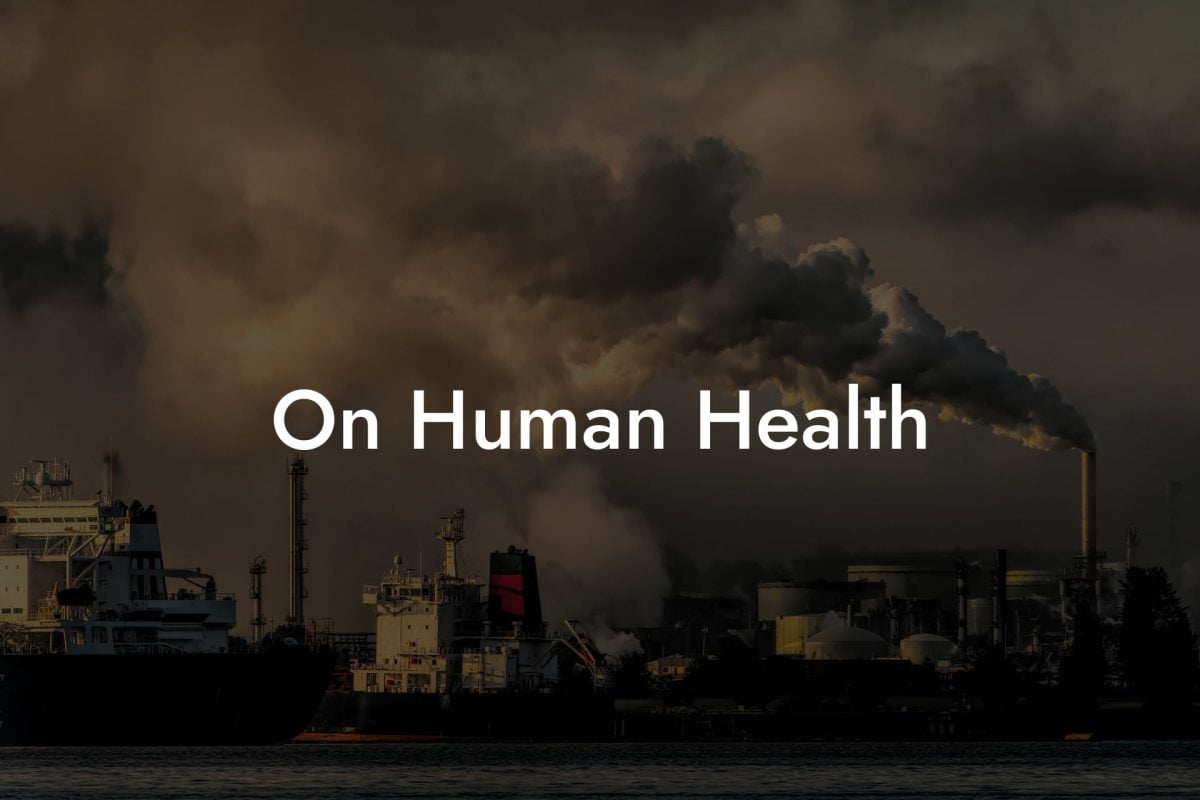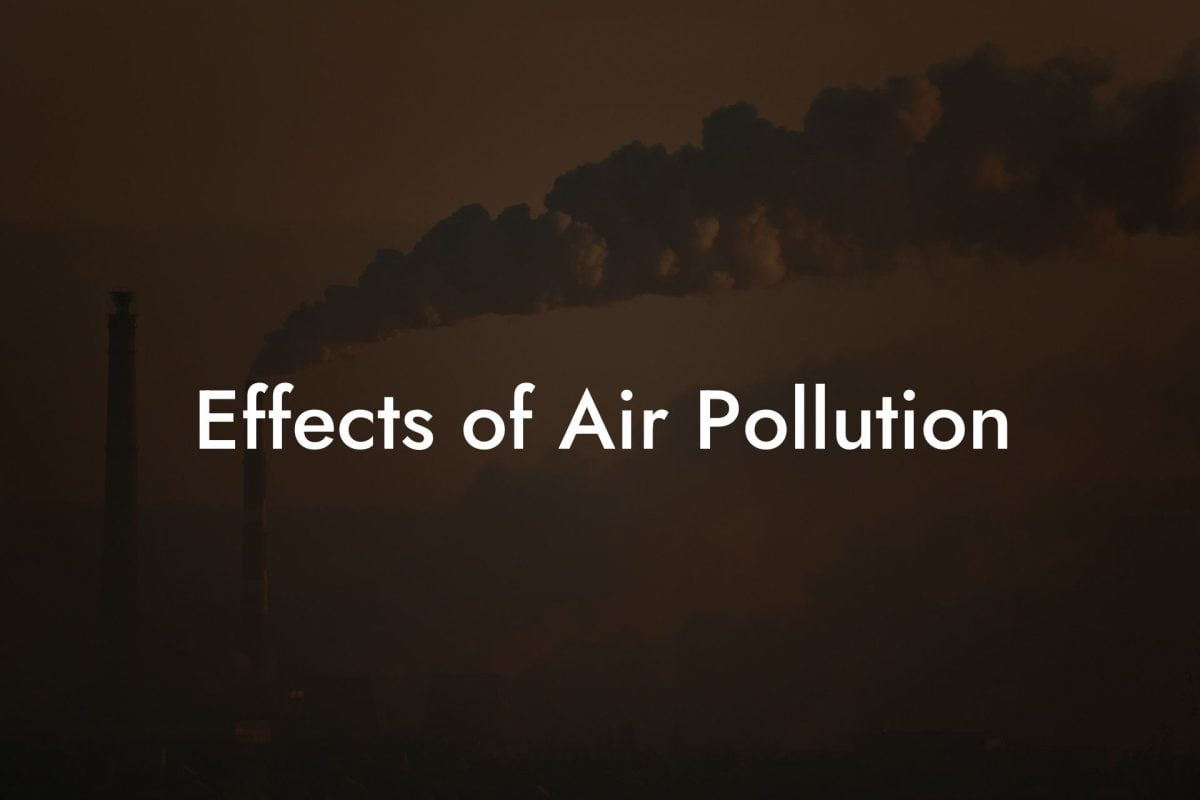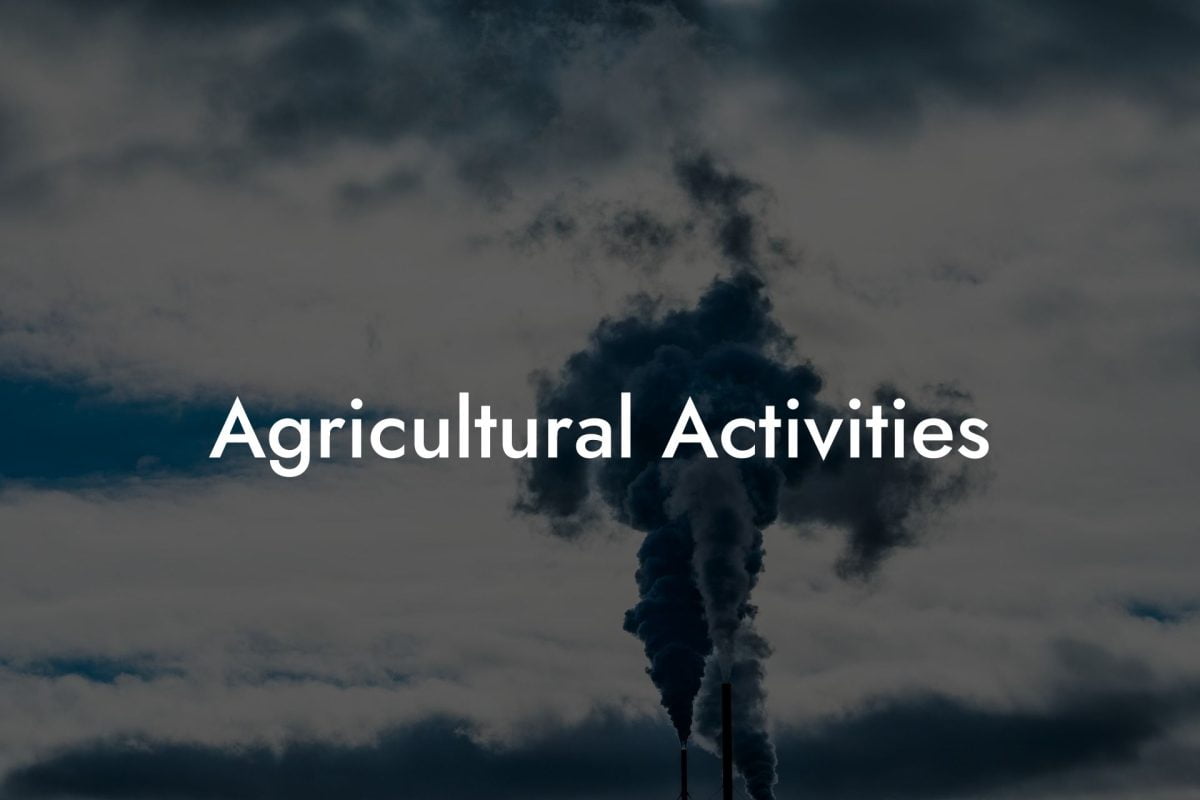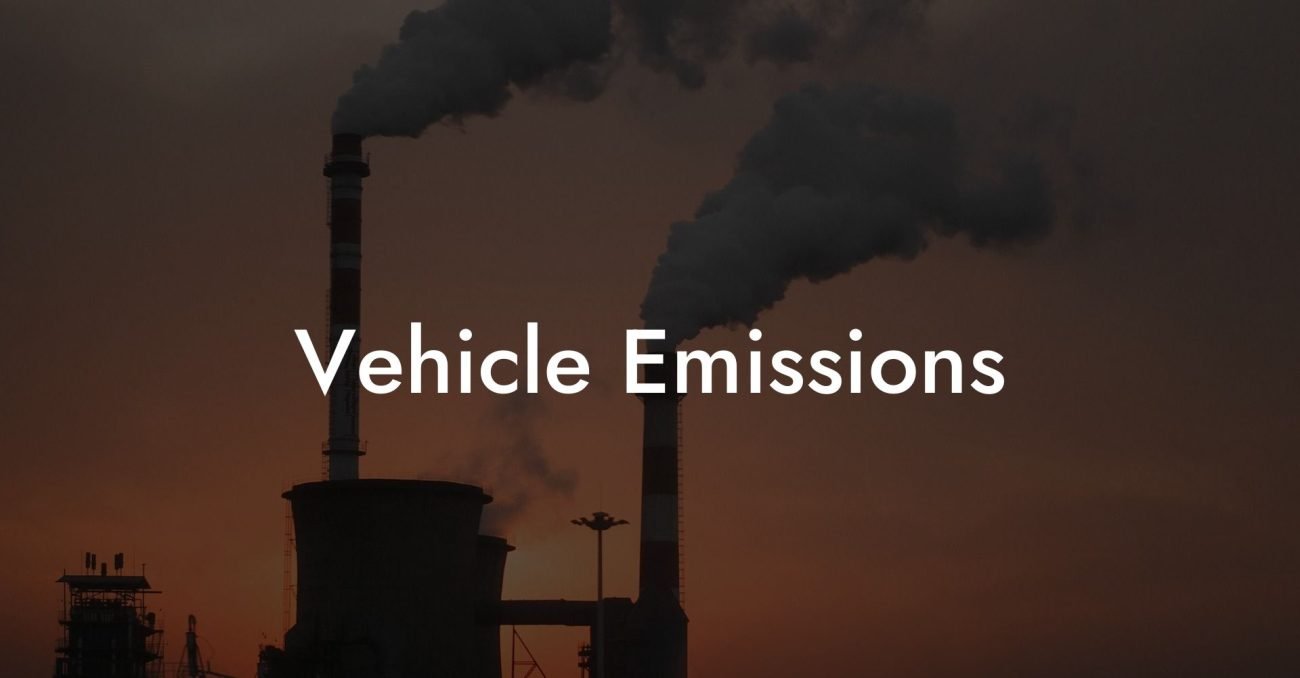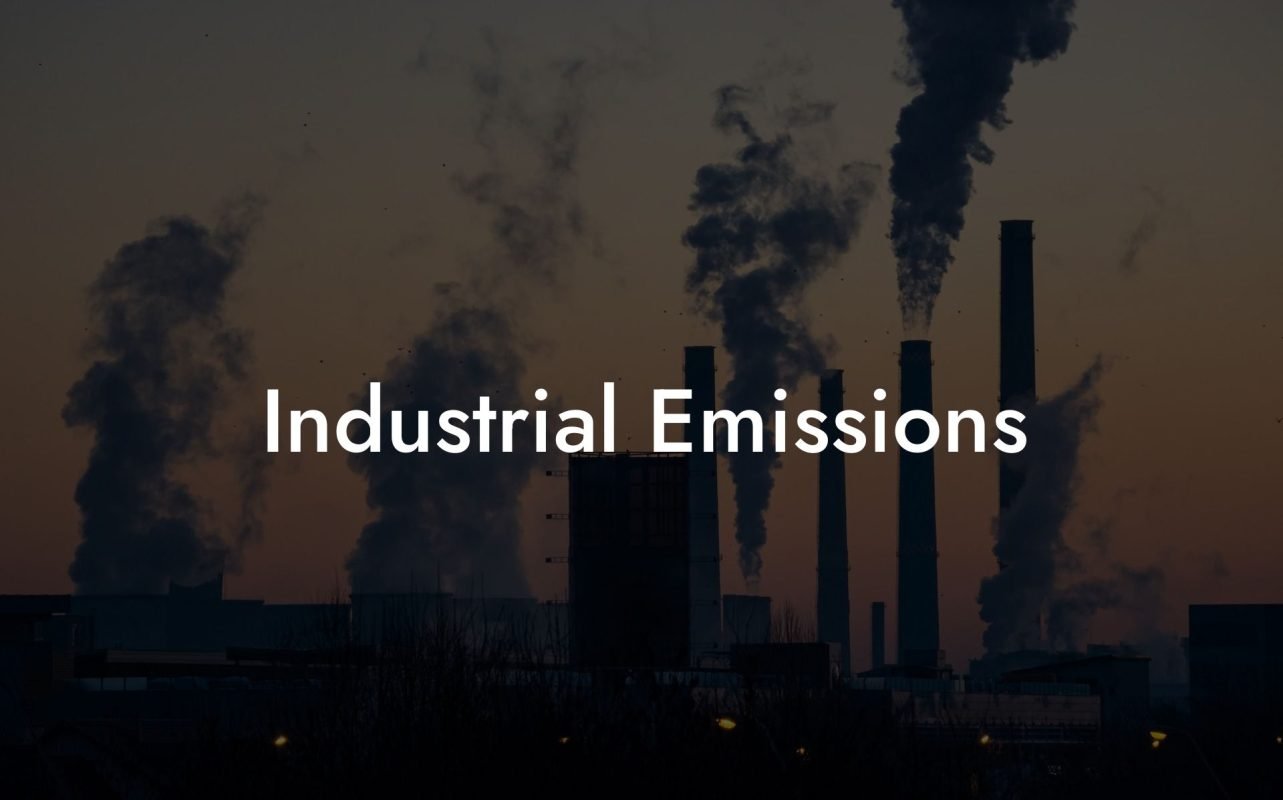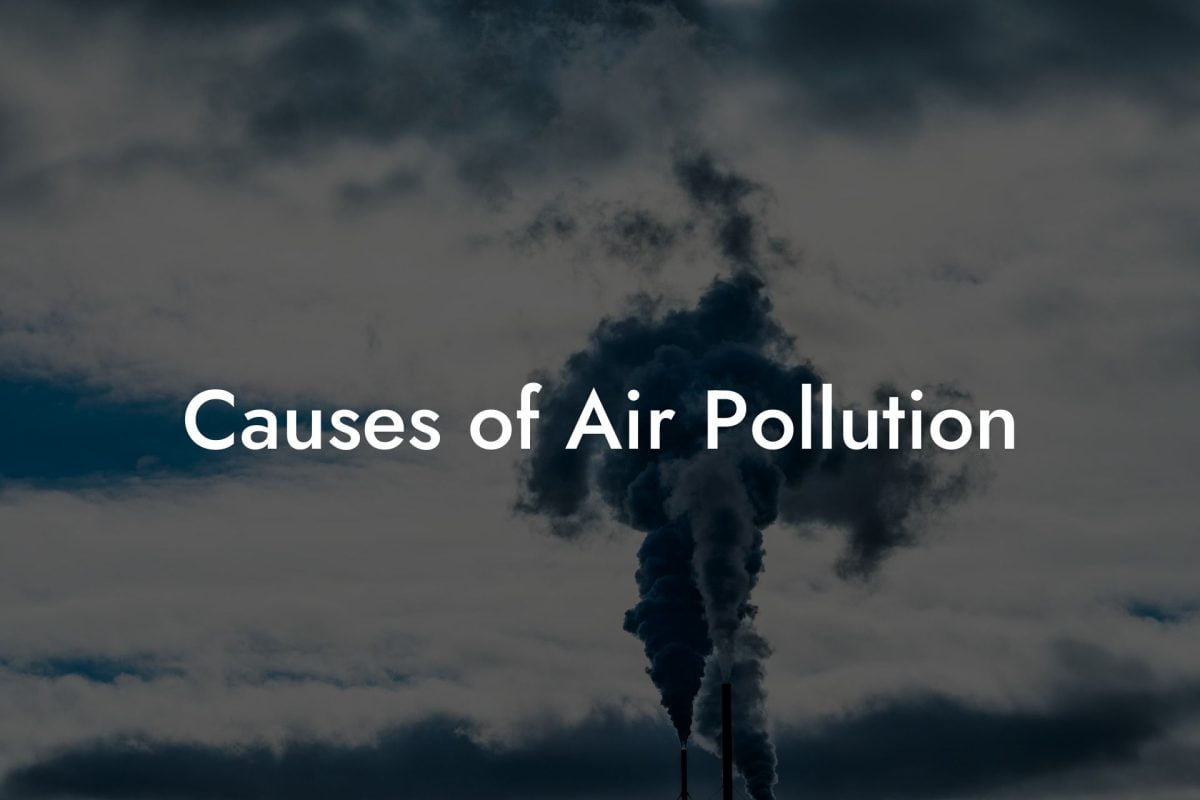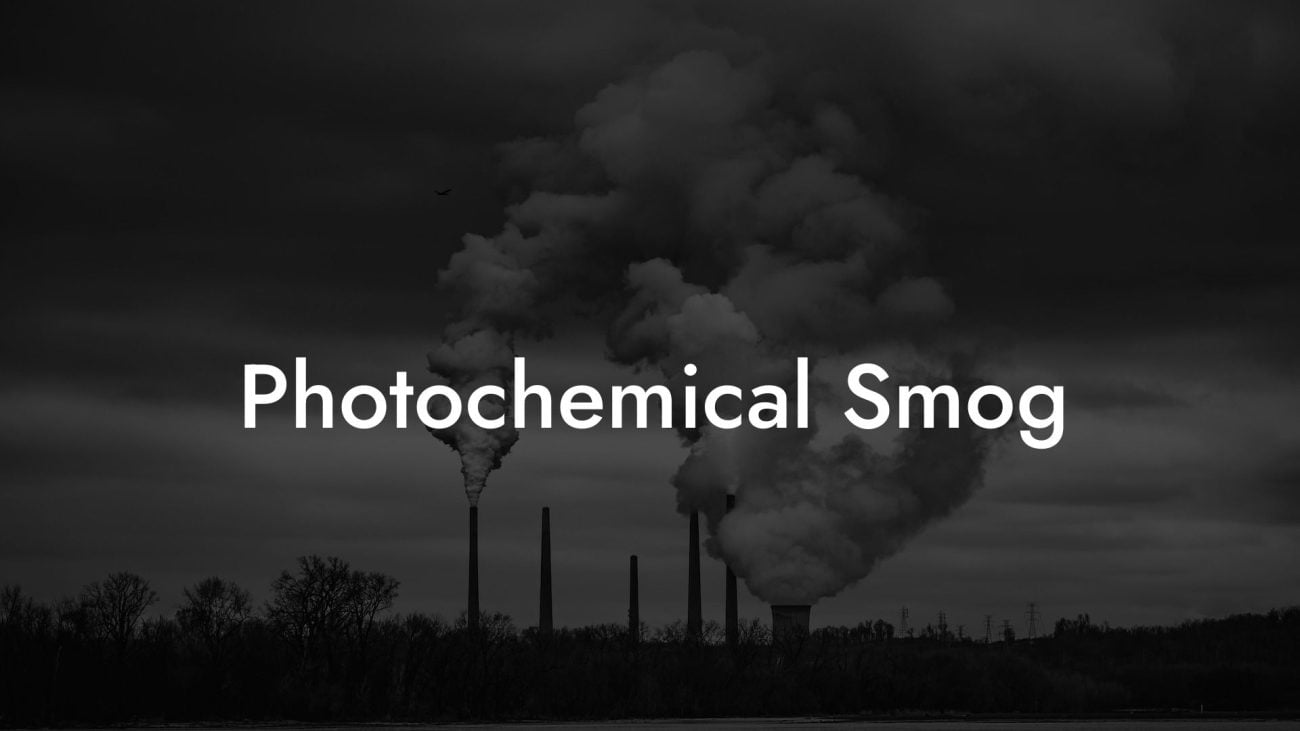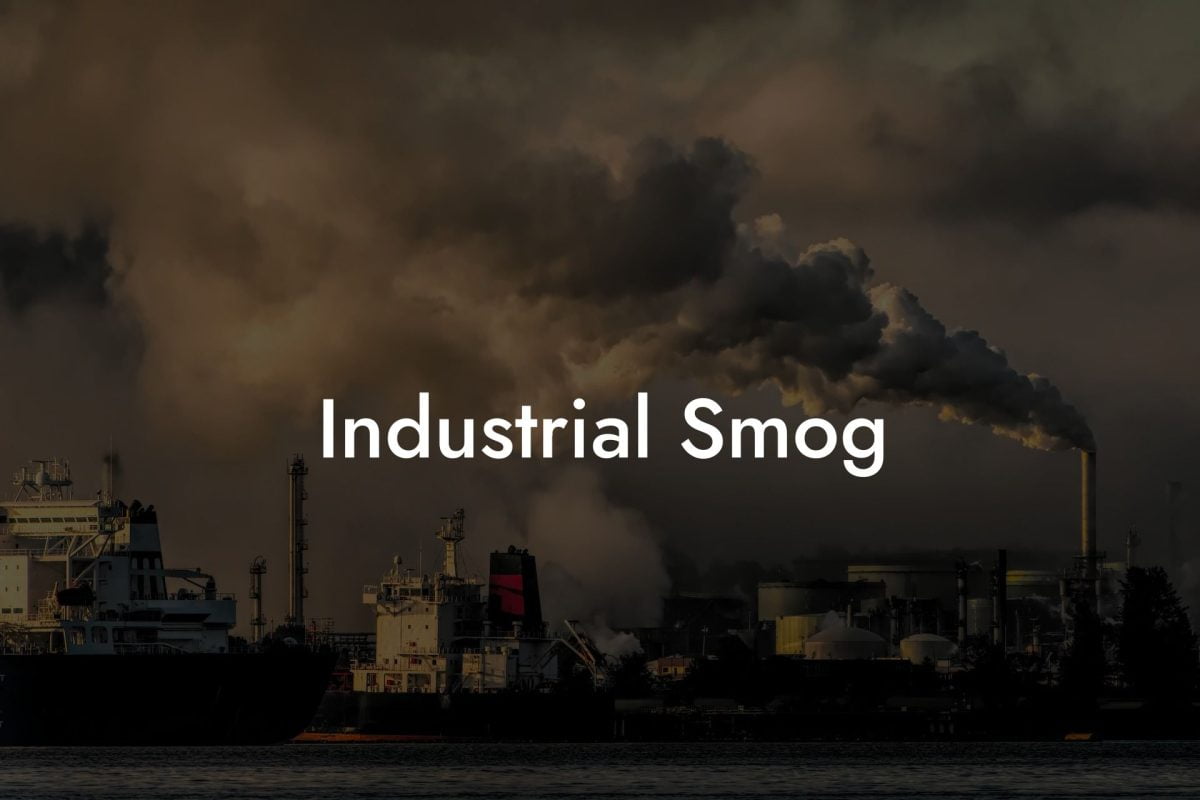Introduction to Carbon Monoxide
Carbon Monoxide (CO) is a colorless, odorless gas that is a significant indoor and outdoor air pollutant. Despite its invisibility, CO poses serious health risks and is often referred to as a "silent killer."
What is Carbon Monoxide?
CO is produced by incomplete combustion of fossil fuels. It is emitted from various sources, including motor vehicles, industrial processes, and improperly ventilated heaters and stoves.
Sources of Carbon Monoxide
Vehicle Emissions
Cars, trucks, and buses produce CO, especially when not well-maintained or when left idling.
Household Appliances
Gas stoves, heaters, and boilers, if faulty or poorly ventilated, can emit dangerous levels of CO.
Industrial Processes
Manufacturing facilities, particularly those that burn fossil fuels, are significant sources of CO.
Health Impacts of Carbon Monoxide
Acute Poisoning
Inhaling CO can lead to symptoms like headaches, dizziness, weakness, nausea, confusion, and even death in severe cases.
Chronic Exposure
Long-term exposure to low levels of CO can lead to lasting cardiovascular and neurological effects.
At-Risk Groups
Individuals with pre-existing health conditions, pregnant women, infants, and the elderly are more susceptible to the effects of CO.
Environmental Effects of Carbon Monoxide
Contribution to Ground-Level Ozone
CO plays a role in the formation of ground-level ozone, a harmful air pollutant.
Impact on Urban Air Quality
High levels of CO in urban areas can significantly deteriorate air quality, posing health risks to city dwellers.
Monitoring and Regulation of CO
Strict regulations exist to limit CO emissions from vehicles and industrial sources.
Monitoring stations across the UK measure CO levels to ensure they stay within safe limits.
Reducing Carbon Monoxide Emissions
Improving Vehicle Efficiency
Regular vehicle maintenance and the adoption of electric vehicles can reduce CO emissions from transportation.
Energy Efficiency in Homes
Using energy-efficient appliances and ensuring proper ventilation can minimize CO production in households.
Industrial Controls
Implementing better combustion technology and pollution control measures in industries can significantly cut down CO emissions.
Carbon Monoxide Safety Tips
Prevention in Homes
Installing CO detectors and ensuring regular maintenance of home appliances are essential for safety.
Awareness and Education
Public awareness about the risks of CO and ways to prevent exposure is vital for community health.
The Role of UK Air Pollution
Comprehensive CO Data
UK Air Pollution provides an extensive database on carbon monoxide levels across the UK, making it a crucial tool for understanding and managing CO pollution.
Why UK Air Pollution?
Our platform offers a detailed, professional, and engaging approach to air pollution data. It is an invaluable resource for researchers, policymakers, and the public seeking to understand and mitigate the impacts of CO.
Enhancing Projects and Research
Whether for academic research, public health initiatives, or environmental assessments, UK Air Pollution is your ideal partner for comprehensive CO data and insights.
Frequently Asked Questions
What Is Carbon Monoxide (CO)?
Carbon monoxide is a colorless, odorless, and tasteless gas produced by the incomplete combustion of carbon-containing materials. It's often referred to as a "silent killer" due to its ability to harm without detection.
How Is Carbon Monoxide Produced?
CO is produced whenever fuel such as gas, oil, kerosene, wood, or charcoal is burned. The amount of CO produced depends on the efficiency of the combustion process.
Why Is Carbon Monoxide Dangerous?
Carbon monoxide is dangerous because it can bind with hemoglobin in the blood, reducing oxygen delivery to the body's organs and tissues. This can lead to serious tissue damage, or even death.
What Are Common Sources of Carbon Monoxide in Homes?
Common sources include gas-fueled appliances like heaters, stoves, water heaters, and fireplaces. Other sources include car exhaust, generators, and charcoal grills.
How Can Carbon Monoxide Poisoning Be Prevented?
Prevention methods include regular maintenance of home heating systems, proper ventilation, never using outdoor equipment indoors, and installing CO detectors in homes.
What Are the Symptoms of Carbon Monoxide Poisoning?
Symptoms of CO poisoning include headache, dizziness, weakness, nausea,
vomiting, chest pain, and confusion. High levels can cause loss of consciousness and are life-threatening.
How Do Carbon Monoxide Detectors Work?
CO detectors measure the concentration of carbon monoxide in the air over time and sound an alarm if the levels become dangerously high, providing early warning of CO presence.
Can Carbon Monoxide Be Detected by Smell?
No, carbon monoxide is odorless. Without a CO detector, it is almost impossible for humans to detect its presence, which is why it's often referred to as the "silent killer."
What Should You Do If Your CO Detector Alarms?
If your CO detector alarms, immediately evacuate the premises and call emergency services. Do not re-enter the area until it has been declared safe.
How Does Carbon Monoxide Affect Pets?
Pets can also suffer from CO poisoning, often showing symptoms before humans due to their smaller size. Symptoms in pets include lethargy, difficulty breathing, and uncoordinated movements.
Is Carbon Monoxide Poisoning Treatable?
Yes, immediate treatment for CO poisoning involves moving the affected individual to fresh air and seeking medical attention. In severe cases, oxygen therapy or hyperbaric oxygen treatment may be necessary.
What Are the Long-Term Effects of Carbon Monoxide Exposure?
Prolonged or severe exposure to CO can lead to long-term health issues such as heart disease, brain damage, and chronic respiratory problems.
How Does Carbon Monoxide Affect Pregnant Women?
CO is especially dangerous for pregnant women as it can pass through the placenta and affect the fetus, potentially leading to developmental problems and other complications.
Can Carbon Monoxide Be Produced by Electric Appliances?
No, electric appliances do not produce carbon monoxide. CO is produced only when burning fuels. However, electrical faults can lead to fires, which can then produce CO.
How Often Should CO Detectors Be Replaced?
CO detectors should be replaced according to the manufacturer's recommendations, usually every 5 to 7 years. Regular testing and battery replacement (if battery-operated) are also crucial.
What Is the Difference Between Smoke Detectors and CO Detectors?
Smoke detectors alert you to the presence of smoke and potential fires, while CO detectors warn of dangerous levels of carbon monoxide. Both are essential for home safety.
How Can Vehicles Cause Carbon Monoxide Poisoning?
Vehicles left running in a closed or poorly ventilated space, like a garage, can lead to CO accumulation, posing a risk of poisoning.
Are Certain People More Susceptible to CO Poisoning?
Yes, infants, the elderly, people with chronic heart disease, anemia, or respiratory problems are more susceptible to the effects of carbon monoxide.
What Role Does Ventilation Play in Preventing CO Buildup?
Proper ventilation is key in preventing CO buildup, especially in areas where fuels are burned, such as kitchens or areas with heating equipment.
Can Cooking Produce Carbon Monoxide?
Yes, cooking with gas stoves or grilling indoors with charcoal can produce CO, especially in poorly ventilated spaces.
How Can I Ensure My Workplace Is Safe from CO?
In workplaces, ensure that fuel-burning equipment is properly installed, maintained, and vented. Also, consider installing CO detectors in areas at risk for carbon monoxide buildup.


